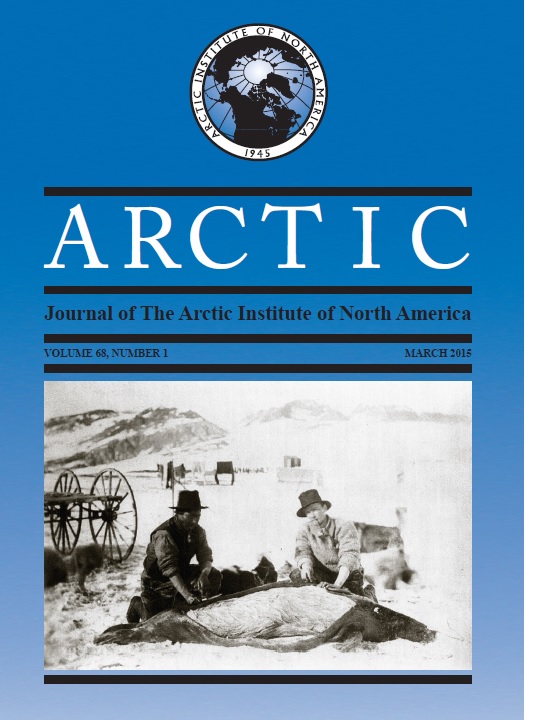Recovery of Tundra Vegetation Three Decades after Hydrocarbon Drilling with and without Seeding of Non-Native Grasses + Supplementary Appendices (See Article Tools)
DOI:
https://doi.org/10.14430/arctic4445Ключевые слова:
revegetation treatments, low Arctic tundra, plant invasion, oil and gas exploration, Kendall Island Bird Sanctuary, long-term monitoringАннотация
Oil and gas exploration conducted in the 1970s left a legacy of abandoned test wells with sumps, containing drilling waste, in the Mackenzie Delta region of Canada’s Northwest Territories. One to two years after the wells were decommissioned, a set of sites were seeded with non-native grasses and fertilized to test whether these treatments could accelerate vegetation recovery and prevent erosion. We sampled seeded and unseeded sumps and adjacent tundra vegetation in the Mackenzie Delta region three decades later to examine the impact of post-disturbance seeding treatments on site recovery. Plant species composition and environmental data were collected at 12 sump sites (6 seeded and fertilized and 6 unseeded and unfertilized) in lowland and upland tundra. Multivariate analyses using NMDS and perMANOVA indicated that in the lowlands, seeding and fertilization treatments had small but significant effects on plant species composition that differentiated seeded from unseeded sump caps. Plant communities on sump caps for all treatment types were significantly different from surrounding undisturbed tundra, even after more than 30 years of recovery. Seeded non-native grasses were found on both seeded and unseeded sumps, but not in the surrounding undisturbed tundra. Undisturbed tundra appears resistant to the spread of introduced agronomic grasses, but disturbed areas, such as sumps, provide areas of suitable habitat where non-native plants can persist.Скачивания
Данные скачивания пока недоступны.
Загрузки
Дополнительные файлы
Опубликован
2015-02-23
Выпуск
Раздел
Articles


